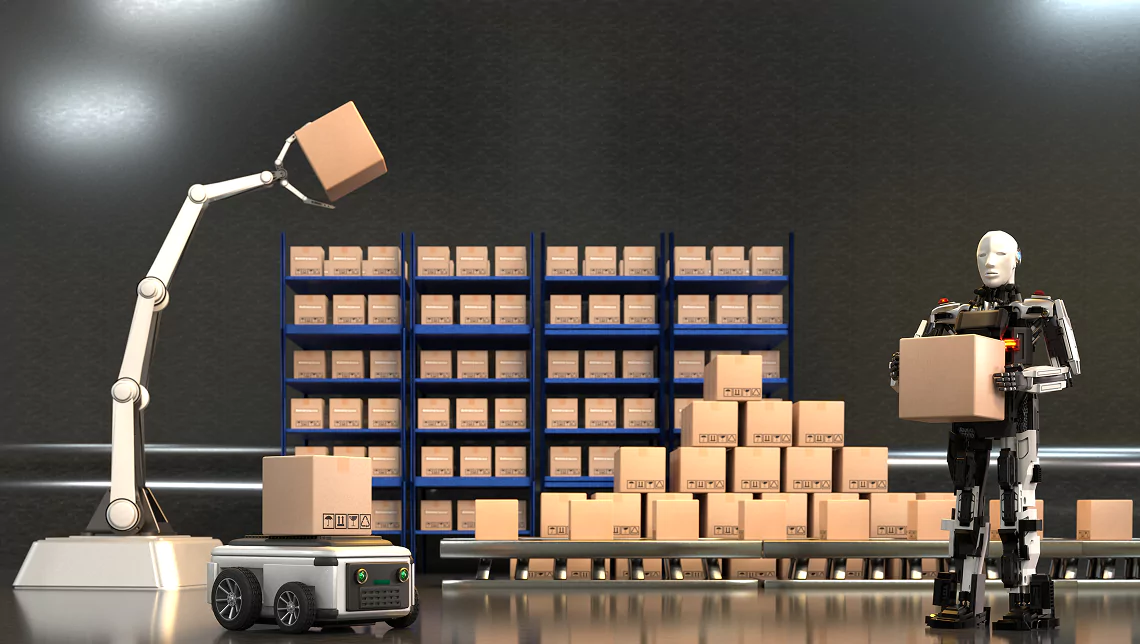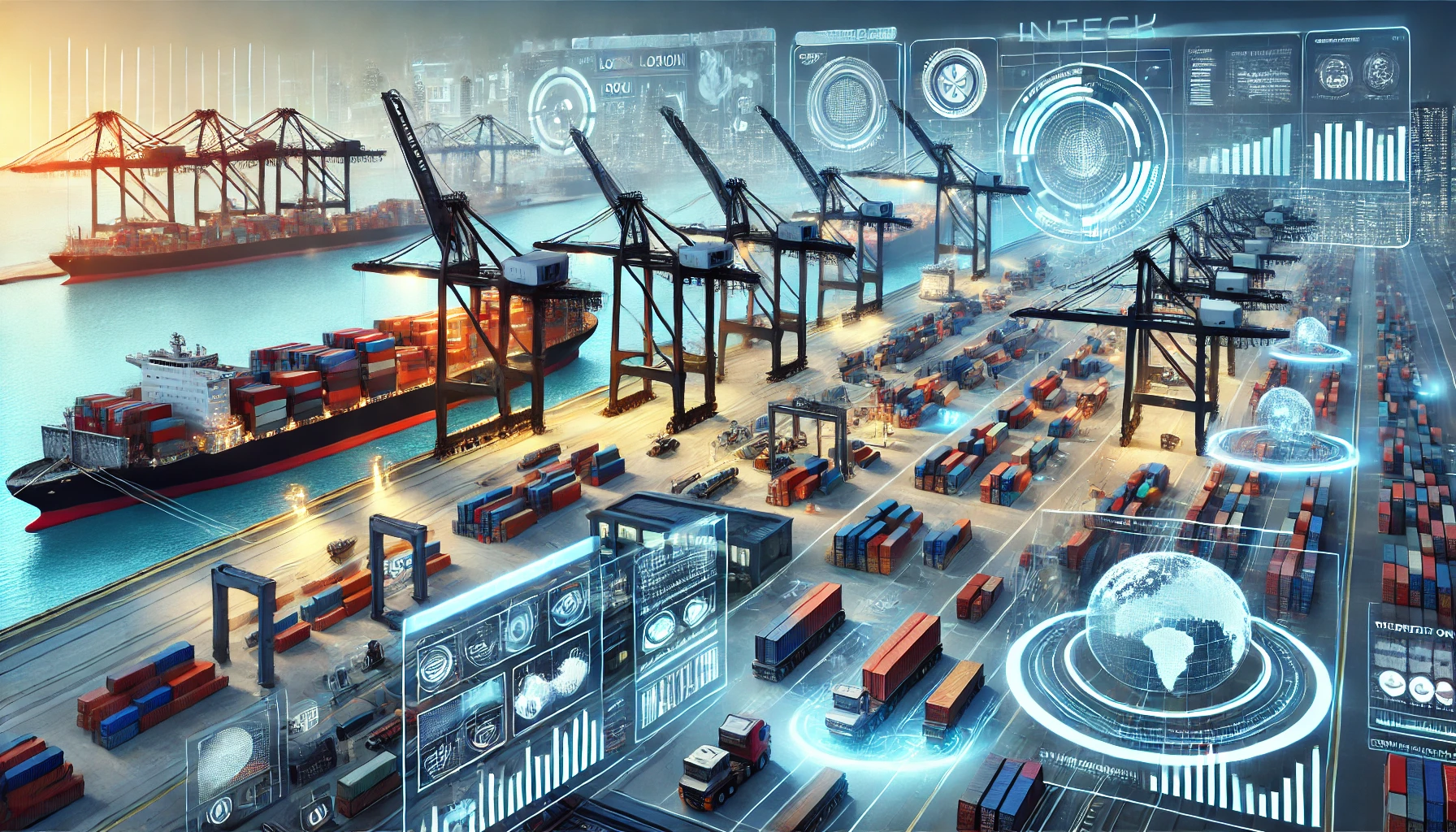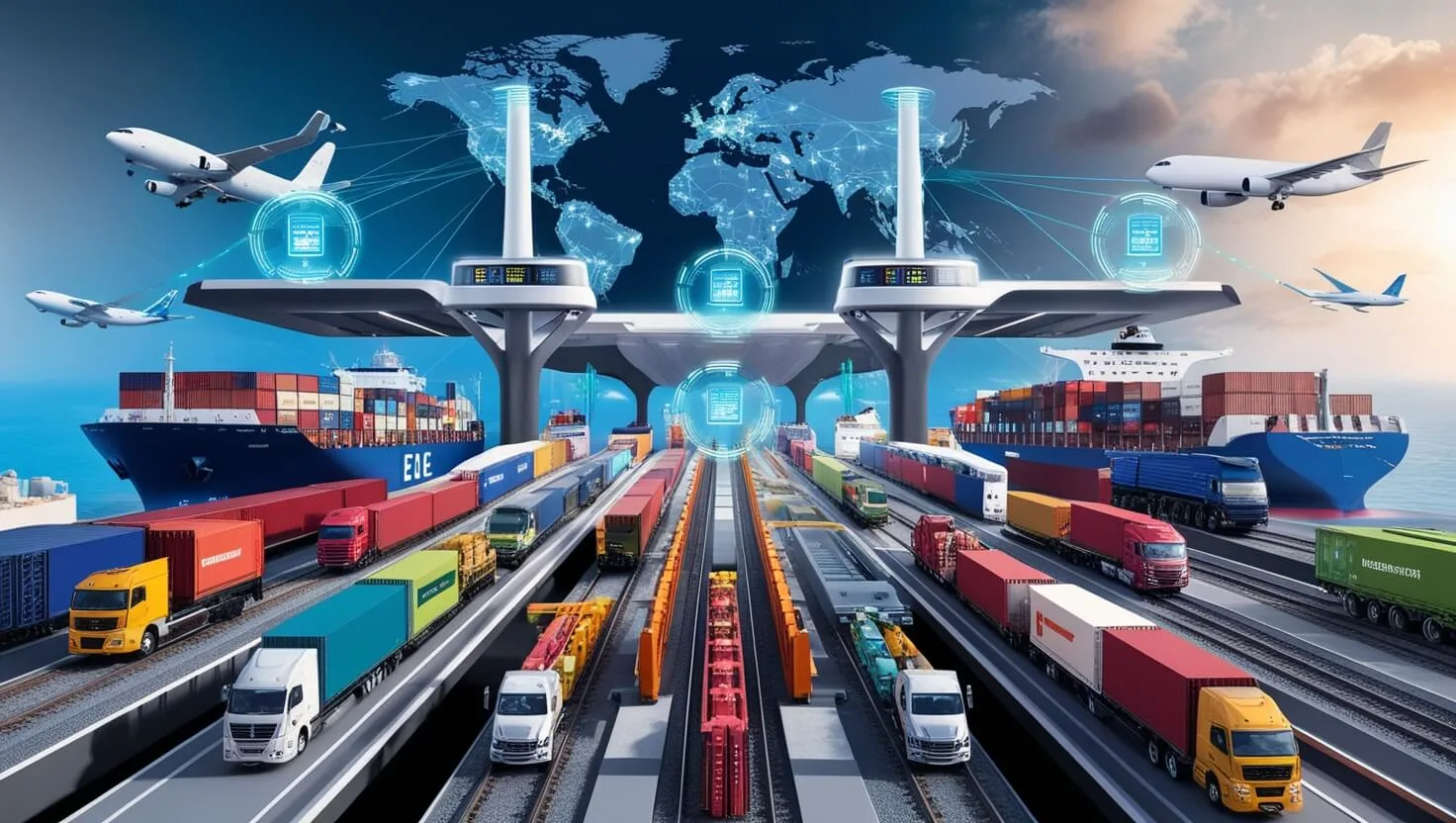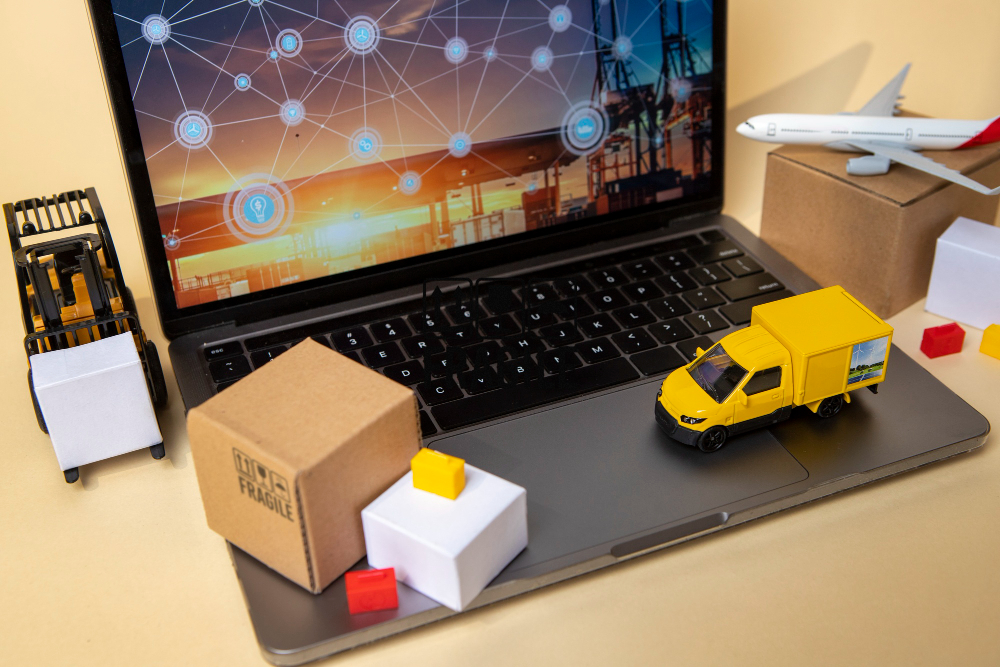8 Ways AI is impacting Supply Chain
Understanding Supply Chain
These steps generally include moving and transforming raw materials into finished products, transporting those products, and distributing them to the end-user. The entities involved in the supply chain include producers, vendors, warehouses, transportation companies, distribution centers, and retailers.
Understanding AI and the ways in which it impacts Supply Chain
When most people hear the term artificial intelligence, the first thing they usually think of is robots. But it is not entirely true. Artificial intelligence (AI is synonymous with machine intelligence, which is intelligence demonstrated by machines, in contrast to the natural intelligence displayed by humans.
The term “artificial intelligence” is often used to describe machines (or computers) that mimic ‘cognitive’ functions that humans associate with the human mind, such as ‘learning’ and ‘problem-solving.’
You can put such methods to use, and they can be analyzed to get results that can initiate processes and complex functions.
In a 2016 study carried out by Crisp Research AG among IT decision-makers, the logistics sector was found to be one of the sectors with the greatest number of companies already making active use of machine learning processes.
Many organizations have now been benefitted with investments in artificial intelligence. As per Adobe, currently, 15% have already started to use AI while other 31% plans to have them implemented in 2019. Some of the areas from which revenue can be generated are research and development, product innovation, supply chain operations, and customer service.
McKinsey & Company expects businesses to gain between $1.3tr and $2tr a year in economic value by using AI in their supply chains. According to PricewaterhouseCoopers, AI could contribute almost $15.7tr to the global economy by 2030.
Here are 8 ways in which AI is impacting Supply Chain:
- AI is capable of analyzing enormous volumes of data, thus enhancing demand forecasting:It has become possible to process the huge quantities of data generated– for example by sensors – to depict the real world there and then and to make sound decisions.It is true that when inventory lags demand, companies suffer losses.AI’s predictive capabilities help in network planning and predictive demand. This allows merchandisers to become more proactive. By knowing what to expect, they can adjust the number of vehicles and direct them to locations where maximum demand is expected. This leads to lower operational costs.The power of Big Data is allowing logistics companies to forecast highly accurate outlooks and optimize future performance better than ever before.
Big data technologies enable forecasts and sophisticated scenario analyses and, in this way, permit precise capacity planning and the optimization of supply chains and inventories.
- AI offers insights to boost productivity.AI significantly increases productivity in the warehouse, particularly for online retailers, due to the automatic computation of better solutions.By making use of AI in supply chain management, it is possible to analyze its performance and come up with new factors that impacts the same area. In order to find the factors and issues which affects the performance of the supply chain, AI combines the capabilities of different technologies like reinforcement learning, unsupervised learning and supervised learning.
- Chatbots are redefining customer support:According to Accenture, 80 percent of all customer engagements can be handled by bots. AI can personalize the relationship between customers and logistics providers.As per Pega, 38 percent of consumers believe that AI can enhance customer service.A recent example of personalized customer experience is DHL’s partnership with Amazon. By activating DHL Parcel “skill” via the Alexa app, DHL customers can ask Alexa to connect with Amazon Echo or Echo Dot smart speakers and confirm their parcels’ status. In the event of any issues arising during the interaction, Echo users can directly contact DHL for assistance by its customer-support team.
- AI is capable of analyzing enormous volumes of data, thus enhancing demand forecasting:It has become possible to process the huge quantities of data generated– for example by sensors – to depict the real world there and then and to make sound decisions.It is true that when inventory lags demand, companies suffer losses.AI’s predictive capabilities help in network planning and predictive demand. This allows merchandisers to become more proactive. By knowing what to expect, they can adjust the number of vehicles and direct them to locations where maximum demand is expected. This leads to lower operational costs.The power of Big Data is allowing logistics companies to forecast highly accurate outlooks and optimize future performance better than ever before.

- Smart warehouse management:In just a few years’ time, large areas of warehouses will be completely automated. AI technologies are increasingly becoming integral components, particularly in relation to short and medium-term forecasts.A smart warehouse is a fully automated facility wherein most work is done through automation or software. In the process, tedious tasks are simplified, and operations become more cost-effective.Alibaba and Amazon have already transformed their warehouses through the use of automation. Amazon recently rolled out machines that automate the job of boxing customer orders. In Amazon warehouses, robots work alongside humans to increase productivity and efficiency.
- Autonomous vehicles:

Autonomous vehicles are the next big thing that artificial intelligence offers the supply chain. Having driverless trucks can take a while, but the logistics industry is now making use of high-tech driving to increase efficiency and safety. The significant change is expected in this industry in terms of assisted braking, lane-assist, and highway autopilot.In order to achieve lower fuel consumption, better-driving systems are coming up which works on to bring together multiple trucks to have formations. Computers control such formations and they are connected with one another too. - Genetic algorithms are improving delivery times and reducing costs.

In Supply Chain, every mile and minute matters. Companies can use a route planner based on genetic algorithms to map out optimal routes for deliveries.UPS uses Orion, a GPS tool that helps drivers make timely and cost-effective deliveries. Routes can be planned and optimized depending on traffic conditions and other factors. Orion has helped UPS save nearly $50m annually. - RoboticsNo conversation about Artificial Intelligence is complete without mentioning the field of robotics. While they may sound like a futuristic concept, they are already embedded inside the supply chain. Tractica Research estimates that the worldwide sales of warehousing and logistics robots will reach $22.4 billion by the end of 2021.Today there are warehouses whose operating principles can no longer be understood by human observers – because they are managed by an artificial intelligence. Their shared characteristic is generally robots, and particularly automated guided vehicles (AGVs).In warehouses, products are stowed in various racks and aisles in what appears to be a chaotic fashion. What would mean unnecessary travel and search times for a human picker is no problem for the autonomous robots: when an order is received, the first available robot picks up the item that is stored closest to its position and conveys it to the human packers at the end of the warehouse.
- Financial Anomaly Detection:Supply chain providers often rely on vast numbers of third parties including common carriers, subcontracted staff, charter airlines, and other third-party vendors to operate core functions of their business. This puts an increased burden on logistics accounting teams to process millions of invoices annually from thousands of vendors, partners, or providers.Here, AI technologies like natural language processing can extract critical information such as billing amounts, account information, dates, addresses, and parties involved from the sea of unstructured invoice forms received by the company.Consultancy firm Ernst & Young (EY) is applying a similar approach for detection of fraudulent invoices. Using machine learning to thoroughly classify invoices from international parties and identify anomalies for expert review helps EY comply with sanctions, anti-bribery regulations, and other aspects of the US Foreign Corrupt Practices Act. EY’s fraud detection system achieves 97% accuracy and has been rolled out to over 50 companies.
Similar logic can be applied to any business process with high-frequency repetitive tasks.
Conclusion:
in the near future, AI will set a new standard of efficiency across the supply chain and logistics processes. The game is changing quickly, creating a “new normal” in how global logistics companies manage data, run operations and serve customers, in a manner that’s automated, intelligent, and more efficient.
The tasks that were previously viewed as the exclusive domain of humans can now be performed thanks to the current progress in the development of algorithms, combined with greater processing power and exponential growth in the amount of available data.
What is more, these tasks are often performed with a greater degree of accuracy, and with unchanging consistent reliability and no breaks, twenty-four hours a day!









